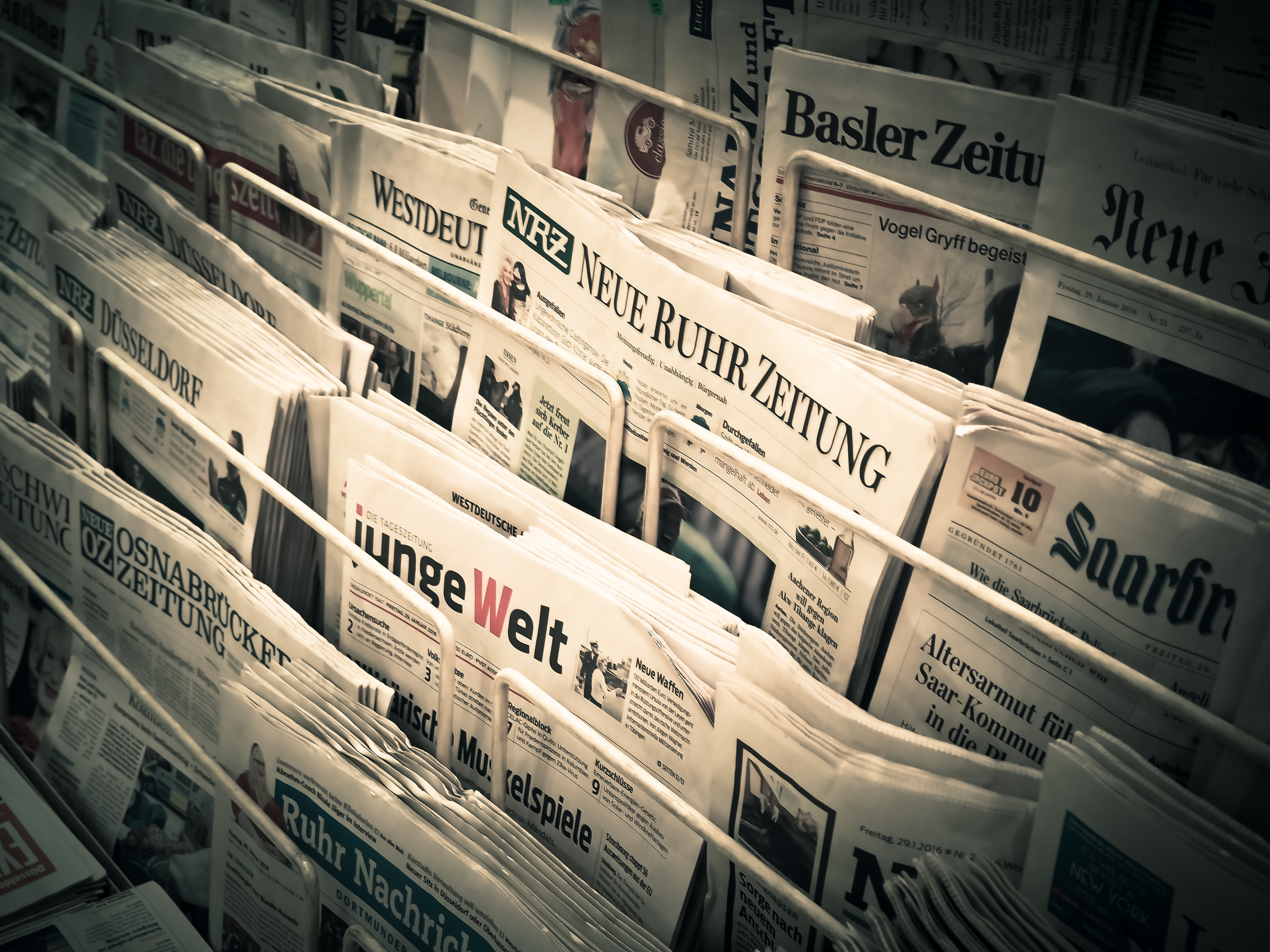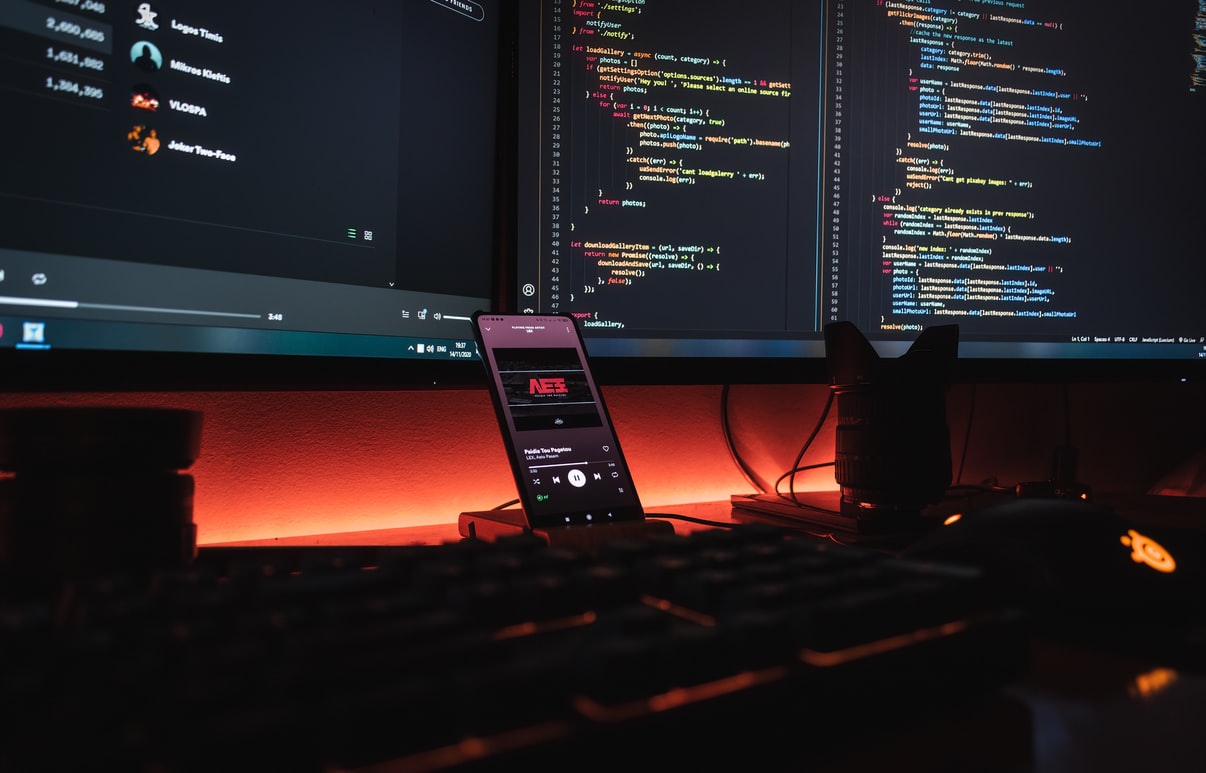From automating time-consuming tasks to understanding unstructured data to improving backend efficiencies, the retail industry is witnessing a profound transformation with the advancement of artificial intelligence (AI).
One of the most significant drivers of this transformation is the blend of AI, ML, data analytics, and computer vision technology.
The presence of AI in retail has offered CPG brands sophisticated real-time data insights, which are harnessed to uncover intelligence business prospects and improve retail shelf intelligence.
You can analyze a large number of shelf image data sets to understand product availability, space, assortments, pricing, stock availability, customer insights, and more.
All these actionable retail store insights with smart AI algorithms will help CPG companies improve planogram compliance. Ultimately, it will lead to better in-store product placement to target the right set of customers and boost sales & profitability.
Almost 30%, 40%, and 39% of retailers are expected to use AI for automated services, customer service, and user experience in 2024, respectively.

So, if you are a CPG brand, you can leverage the benefits of AI for better retail shelf health or retail shelf intelligence.
Read the blog to learn more about how AI can revolutionize retail shelf intelligence and drive growth for CPG brands.
What is Retail Shelf Intelligence?
Retail Shelf Intelligence is the ability to gather, analyze, and act upon real-time actionable data regarding the placement and performance of products on retail shelves.
It leverages a combination of AI-powered sensors, RFID tags, and digital displays to collect a variety of product usage and sales data.
Through systematically measuring and responding to this intelligence, CPG companies can deliver the best visual representation of their products in a retail store at all times to attract more customers and improve product visibility & market share.
CPG brands can measure and track various critical KPIs using retail shelf intelligence solutions:
1. Share of Shelf (SOS): Shelf intelligence tools utilize image recognition technology combined with machine learning algorithms to analyze shelf images to identify and quantify the space occupied by each product on the shelf relative to the total available shelf space.
2. Visibility Rules & Compliance: RSI systems can analyze images or video feeds to ensure that products are placed according to the specific rules and guidelines regarding product placement and visibility on shelves.
3.Price Monitoring: These tools monitor product prices in a retail store with automated scanning of shelf tags/barcodes using mobile devices or specialized hardware.
4. Competitor Intelligence: Shelf intelligence tools can analyze shelf images or footage to identify competing products, their positioning, pricing, promotions, and other relevant information.
5. Consumer Behaviour and Shopping Patterns: RSI analyzes dwell time, traffic flow, and product interaction to identify popular store areas and hotspots to analyze consumer behavior and shopping patterns.
6. Out-of-Stock Inventory: Shelf intelligence systems monitor inventory in real-time, detecting out-of-stock products and low stock levels. By analyzing shelf images, they identify empty spaces and integrate them with inventory systems to provide alerts.
Benefits of Real-Time Retail Shelf Intelligence for CPG Brands
Let's delve deeper into each benefit of real-time retail shelf intelligence for Consumer Packaged Goods (CPG) brands:
Enhanced On-shelf Availability
Real-time shelf intelligence helps you enhance on-shelf availability in a retail store so that your CPG products are consistently available to customers. This is crucial because when products are out of stock or improperly displayed, it can result in missed sales opportunities and frustrated customers.
Using technologies like barcode scanning, computer vision, and optical character recognition (OCR), brands can monitor shelf conditions in real-time.
When you have prompt insights into stockouts or misplaced items in the retail store, you can take immediate corrective actions, such as restocking shelves or reorganizing products. It ensures that customers can always find what they're looking for at the right spot, at the right price, and with the right space on the shelf.
Improved Compliance
It's super important for CPG brands to stick to store layouts, planograms, and promotions to make sure their products stand out on the shelves. Real-time shelf intelligence lets brands keep a close eye on how well they're always following these guidelines.
If they spot any differences from what they planned or promoted, they can quickly fix them to ensure their products are shown how they want.
This helps their marketing strategies work better by making their products more visible and attractive to shoppers, which means more sales in the end.
Enhanced Operational Efficiency
Real-time shelf intelligence enhances operational efficiency by streamlining inventory management and stocking processes.
By automatically finding and reporting issues like low stock or items in the wrong place, brands can improve their stocking processes.
This efficiency not only saves time and resources but also ensures that shelves are consistently well-stocked, maximizing sales potential.
Increased Brand Share
Maintaining a significant share of shelf space is essential for CPG brands to stand out in crowded retail environments and capture consumer attention.
Real-time shelf intelligence allows brands to monitor their shelf presence continuously and adjust as needed to optimize their visibility.
By promptly addressing issues such as inadequate shelf space or unfavorable product placements, brands can secure prime positions on shelves, increasing their share of consumer attention and preference.
This heightened visibility helps to reinforce brand recognition and loyalty, ultimately driving sales and market share growth.
Safeguarded Market Share
In today's competitive retail landscape, CPG brands face constant pressure from competitors vying for the same consumer market. Real-time shelf intelligence enables brands to respond to competitive threats and market challenges proactively.
When it comes to things like what promotions competitors are running, their pricing strategies, or new product ideas, real-time shelf intelligence allows you to address these issues quickly.
For example, real-time data analytics can alert you to changes in competitor activity, allowing you to adjust your own strategies accordingly and stay ahead of the competition.
Boosted Sales
By ensuring that products are consistently available, compliantly displayed, and optimally positioned on shelves, CPG companies can capture more sales opportunities and capitalize on consumer demand.
Real-time insights enable you to make data-driven decisions regarding stocking levels, product placements, and promotional activities, maximizing sales potential.
This increased sales performance drives revenue and strengthens your brand's position in the market, paving the way for long-term success and growth.
Challenges in Measuring Retail Shelf Intelligence
No Rapid Identification of On-Shelf Issues
CPG brands face difficulty in quickly spotting problems like stockouts or misplaced items on shelves, leading to lost sales and dissatisfied customers.
Without efficient tools or software for instant detection, these issues may go unnoticed for extended periods.
This delay can lead to lost sales opportunities and dissatisfied customers, harming the brand's reputation.
Inappropriate Planogram & Promo Rule Implementation
From inconsistent execution to miscommunication, limited visibility, poor insights, and dynamic retail environment, CPG brands encounter various challenges in the inappropriate implementation of planograms and promotional rules due to several factors.
Incorrectly or manually executed planograms and promotional strategies can lead to suboptimal product placement and ineffective marketing campaigns.
This misalignment can hinder sales performance and fail to maximize the potential of the retail space.
Pricing Gap Challenges
CPG brands need help with pricing gaps due to limited control over retail prices, competitive pressures, and complexities in negotiating pricing agreements with retailers.
Fluctuations in supply chain costs and consumer perception of pricing differences further contribute to these challenges, impacting brand competitiveness and profitability.
Lack of Competitive Data
Lack of access to competitive data makes it challenging for retailers to benchmark their performance against rivals and identify market trends.
Without this information, CPG brands may struggle to stay competitive and adapt to changing consumer preferences effectively.
Shelf Watch - IR Powered Retail Shelf Intelligence
With so many advantages of retail shelf intelligence, if you’re considering investing in RSI technology, look no further than ShelfWatch by ParallelDots.
With its one-of-a-kind IR-powered retail shelf intelligence technology, you can track critical KPIs to achieve a new level of on-shelf visibility, compliance, and operational excellence. In-store images provide tangible proof of on-shelf execution, allowing your sales teams to assess the presence and presentation of products visually.
Our perfect blend of on-device image recognition (ODIN), price display detection with optical character recognition (OCR), and intuitive reporting & visualization portals helps you collect, analyze, and use accurate real-time data from each retail store.
With these fine-tuned insights, you can rapidly identify shelf issues like out-of-stocks, wrong placements, and missing tags. Additionally, it enables you to understand market dynamics, benchmark performance against competitors, and identify opportunities for differentiation and growth.
Besides, ShelfWatch’s computer vision technology provides data-driven recommendations based on comprehensive analysis that helps you develop effective marketing, pricing, and promotion strategies.
Conclusion
The impact of retail shelf intelligence on retail execution performance, sales, and shopping experience for CPG brands is undeniably transformative.
From identifying shelf issues promptly to understanding market dynamics and consumer behavior, AI-powered RSI empowers brands to make data-driven decisions that drive sales growth and enhance the overall shopping experience.
Therefore, as a CPG brand, it's imperative to recognize the significance of retail shelf intelligence and its potential to revolutionize retail performance. Embracing this technology is not just about staying competitive; it's about thriving in a rapidly evolving market.
So, seize the opportunity to invest in retail shelf intelligence today and unlock the full potential of your brand's retail execution.


